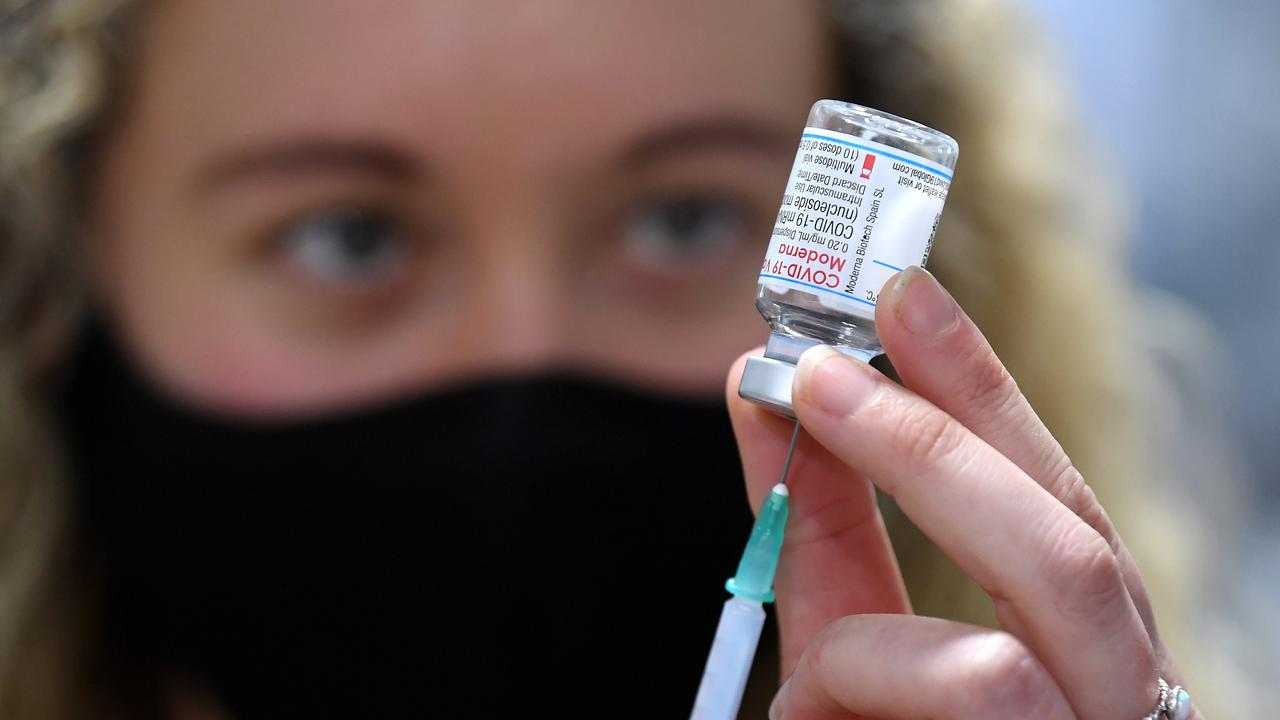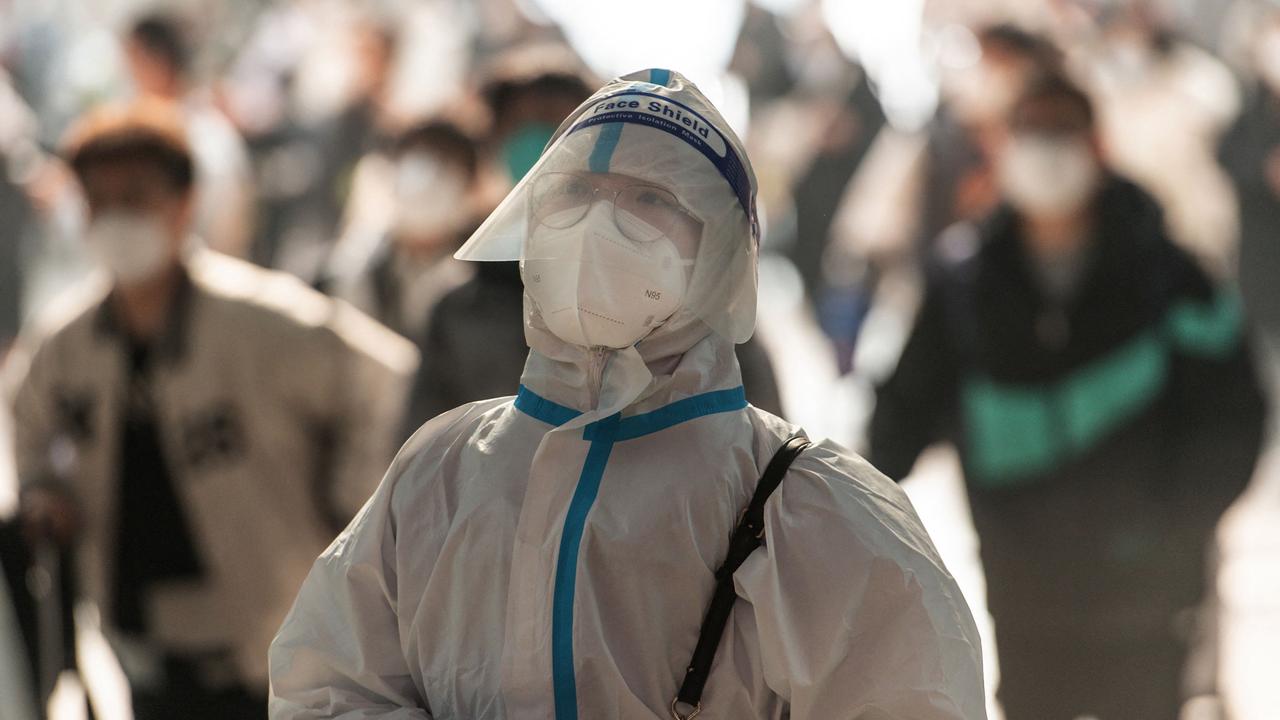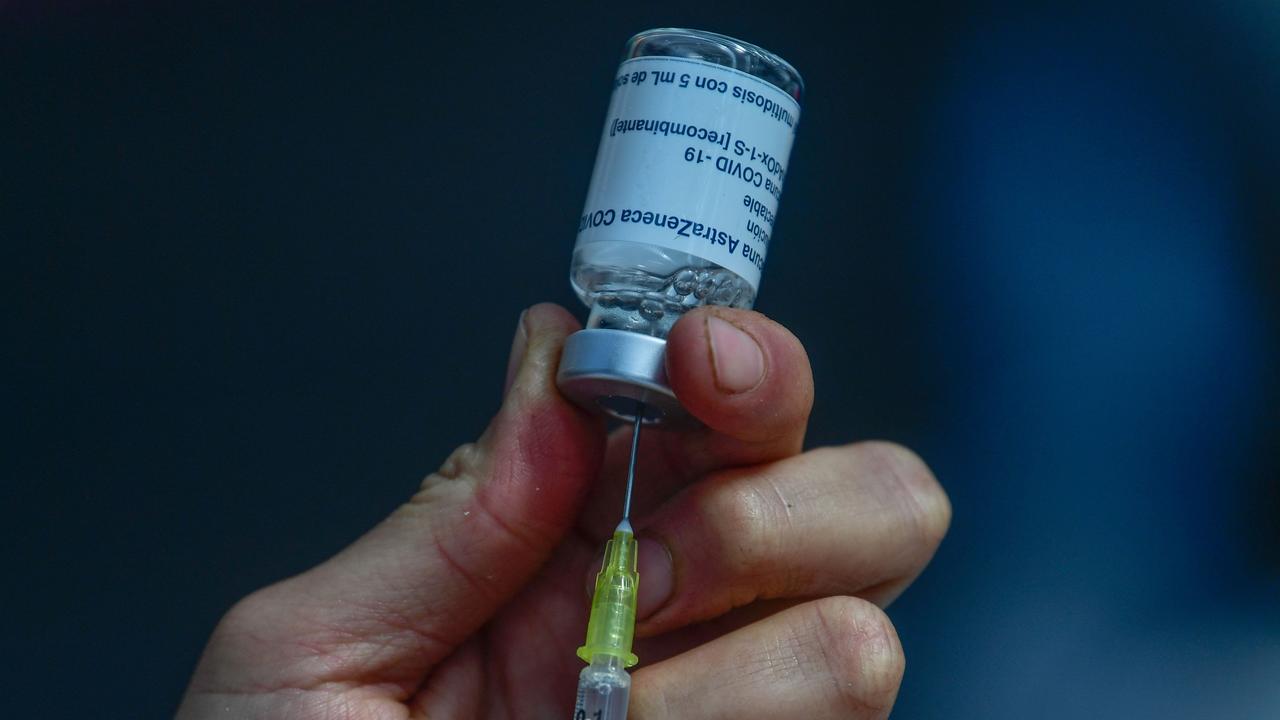Coronavirus: The 100 days that changed the world
It’s been three months since the coronavirus outbreak changed the world as we know it. And it all started with a simple warning.

It’s been 100 days since the first signs of coronavirus emerged.
It started as a cluster of pneumonia cases in China’s Wuhan and since then has ripped across the world, changing the lives of billions.
Now three months in to the pandemic there have been more than 1.5 million cases of COVID-19 recorded with nearly 100,000 deaths, mainly in the US, Italy, Spain, France and the UK.
One hundred days ago the discovery of coronavirus was hardly noticed by anyone outside of China.
Now it’s brought the world to a grinding halt.
Here’s how the crisis unfolded...
DAY 1
December 31, 2019
China reported a cluster of cases of pneumonia in Wuhan, Hubei Province. A novel coronavirus was eventually identified.
Some patients were dealers or vendors operating in the Huanan Seafood market.
The market was closed on January 1 for environmental sanitation and disinfection.
DAY 6
January 5, 2020
The World Health Organisation published its first disease outbreak news on the virus.
A total of 44 patients with pneumonia of unknown cause were reported, with 11 severely ill and the remaining 33 patients in a stable condition.
The signs and symptoms were mainly fever, with a few patients having difficulty in breathing, and chest radiographs showing invasive lesions of both lungs.
Chinese authorities identified 121 close contacts of the patients who were under medical observation.
WHO said there was limited information to determine the overall risk of the reported cluster, saying the connection to the market could indicate an exposure link to animals.
At the time, it did not recommend any specific measures for travellers or any restrictions on China.
DAY 10
January 9
China identified the mysterious infection, revealing it was a previously undiscovered coronavirus.
A 61-year-old man had died in a Wuhan hospital the day before, becoming the country’s first victim.
READ MORE: Follow the latest coronavirus updates
READ MORE: Coronavirus cases in Australia

On January 10 WHO issued advice to all countries on how to detect, test and manage potential cases, based on what was known about the virus at the time and previous experience with SARS and MERS (Middle Eastern Respiratory Syndrome).
DAY 13
January 12
China publicly shared the genetic sequence of COVID-19.
No additional cases had been detected since January 3.
The government reported that there was no clear evidence that the virus passed easily from person to person.
China's National Health Commission deployed a group of experts to Wuhan City to support the local response.
DAY 14
January 13
Officials confirm a case of COVID-19 in Thailand, the first recorded case outside of China.
The person was a traveller from Wuhan, China, and was identified by Thai officials on January 8 during a temperature check at Bangkok airport, and he was hospitalised that day.
The possibility of cases being identified in other countries was not unexpected, with WHO then reinforcing why countries needed to remain vigilant with monitoring.
Still, Wuhan had no further cases.
“If there are no new cases in the next few days, the outbreak is over,” Guan Yi, a professor of infectious diseases at the University of Hong Kong, told the New York Times.
The next day WHO’s Dr Maria Van Kerkhove said there may have been limited human-to-human transmission of the virus, mainly through family members, and there was a risk of a possible wider outbreak.
She said human-to-human transmission would not be surprising given our experience with SARS, MERS and other respiratory pathogens.
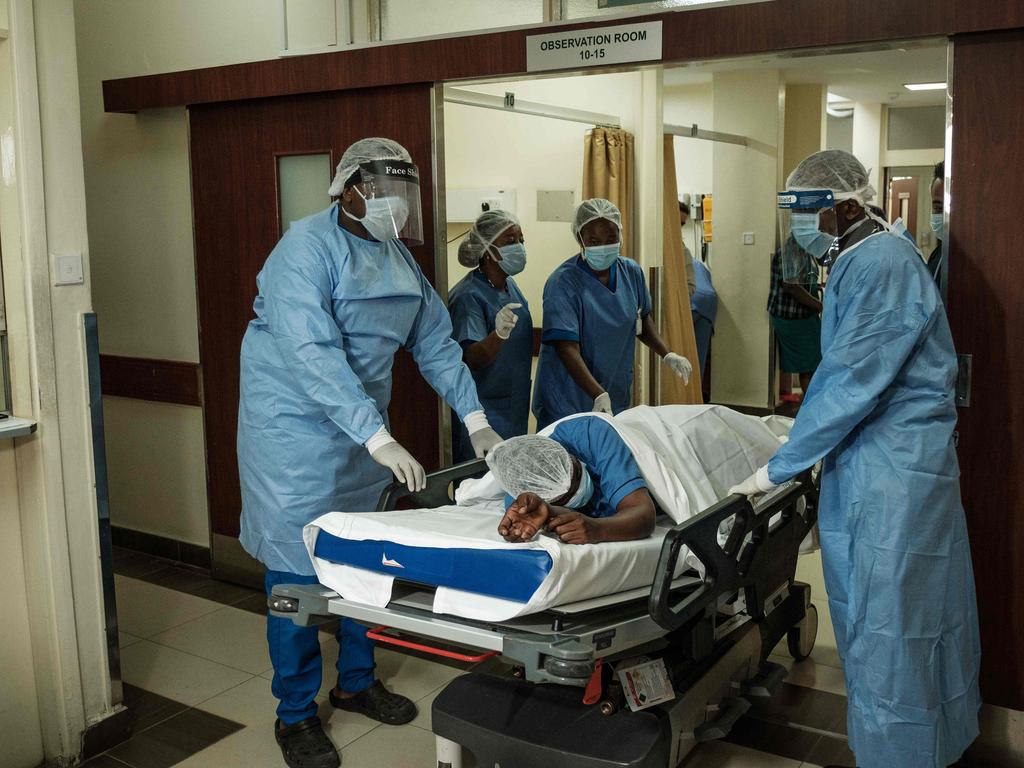
DAY 21
January 20
WHO experts visited Wuhan and issued a statement saying there was evidence of human-to-human transmission in the city but more investigation was needed to understand the full extent.
The infection had been identified in 16 healthcare workers.
There had also been two new cases in the Guangdong province among people who had no connection to Wuhan.
“We can say it is certain that it is a human-to-human transmission phenomenon,” Zhong Nanshan, the public face of the Chinese government response, said.
Cases were then confirmed in Beijing and Shanghai.
A WHO emergency committee started assessing whether the outbreak constituted a public health emergency of international concern.
The independent members from around the world could not reach a consensus based on the evidence available at the time and asked to be reconvened within 10 days after receiving more information.
There had been 557 cases in China at the time and cases in Japan, South Korea, Singapore and the US.
DAY 25
January 24
The virus was detected in Europe, among two travellers from China and a relative.
Wuhan was in the first stages of lockdown with most transport suspended.
There had been 800 cases and 25 deaths there.
The next day the lockdown was widened to include 56 million people, with president Xi Jinping warning the country was facing a “grave situation”.
Liang Wudong, a physician at the Xinhua hospital in Hubei, become the first healthcare worker to die.
DAY 31
January 30
A total of 9976 cases had been reported in at least 21 countries.
The emergency committee reconvened earlier than the 10-day period and two days after the first reports of limited human-to-human transmission were reported outside China.
WHO’s Director-General declared the outbreak was a Public Health Emergency of International Concern, the sixth time such an announcement had been made since 2005.
By the end of the next day, the outbreak became larger than SARS.
The number of cases in China jumped to 5974, surpassing the 5327 people diagnosed with SARS.
A ninth person had been diagnosed with the virus in Australia.
The virus had also reached the UK, Spain an Italy.
READ MORE: How ‘flattening the curve’ saves lives
READ MORE: Can you catch coronavirus twice?
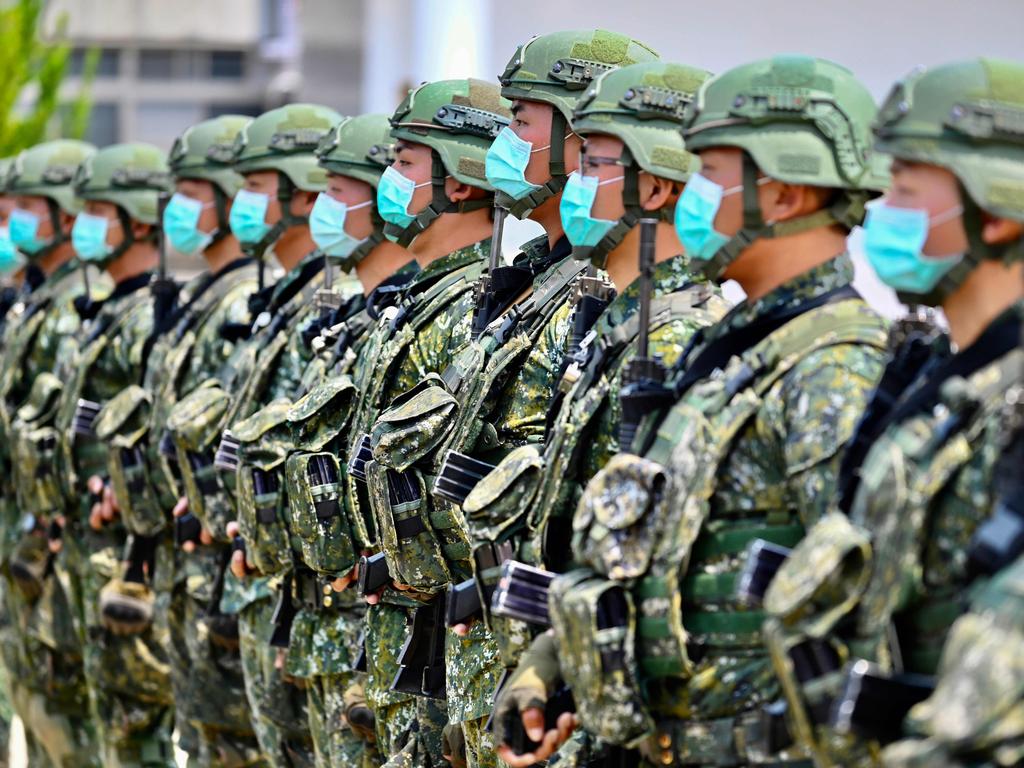
DAY 36
February 4
The first death outside of China was recorded in the Philippines, which then banned any new arrivals from the country.
In China cases passed 20,000 and 425 had died.
During the next couples of weeks WHO experts from around the world met to prioritise the research needed to help stop the outbreak and any future outbreaks.
They also conducted a mission in several cities in China to plan the next steps in response.
Day 51
February 19
The virus “exploded” in South Korea after a 61-year-old woman ignored health advice and had at least 1160 risk contacts. The country then reported its first death.
Iran announced its first two cases, who died hours later.
China’s death toll had risen to 2118 among 74,576 cases.
The number of infections passed 82,000 worldwide on February 27, including more than 2800 deaths.
Cases confirmed outside China outnumbered those inside.
DAY 69
May 8
Italy imposed a strict quarantine in the state of Lombardy and 14 other areas in the north, affecting a total of 16 million people.
Its death toll had grown sixfold in six days with 230 dead.
DAY 72
March 11
Deeply concerned both by the alarming levels of spread and severity, and by the alarming levels of inaction, WHO made the assessment that COVID-19 can be characterised as a pandemic.
US President Donald Trump announced his administration was embarking on “the most aggressive and comprehensive effort to confront a foreign virus in modern history”.
More countries continued to diagnose their first cases.
The number of cases around the world had jumped to 116,000.
DAY 78
March 17
French president Emmanuel Macron declared his country was “at war”.
More countries went into lockdown.
The next day Prime Minister Scott Morrison declared, for the first time ever, a “human biosecurity emergency”.
But in some good news, China reported no new domestic cases since the outbreak started.
WHO and partners launch the Solidarity Trial, an international clinical trial that aims to generate robust data from around the world to find the most effective treatments for COVID-19.
Coronavirus deaths surged past 10,000 globally on March 20 among about 160,000 cases.
Day 84
March 23
Cases soared to 370,000, jumping to as high as 600,00 by the end of the week with more than 27,000 deaths on March 27.
UK Prime Minister Boris Johnson shut down the country before testing positive days later.
Spain recorded its highest daily death toll at 400 which turned out to be the lowest for the next two weeks. On March 29 they had 838.
By the end of the week, the US accounted for the highest number of coronavirus infections in the world, recording more than 124,000 cases and 2000 deaths, more than double the figure two days before.
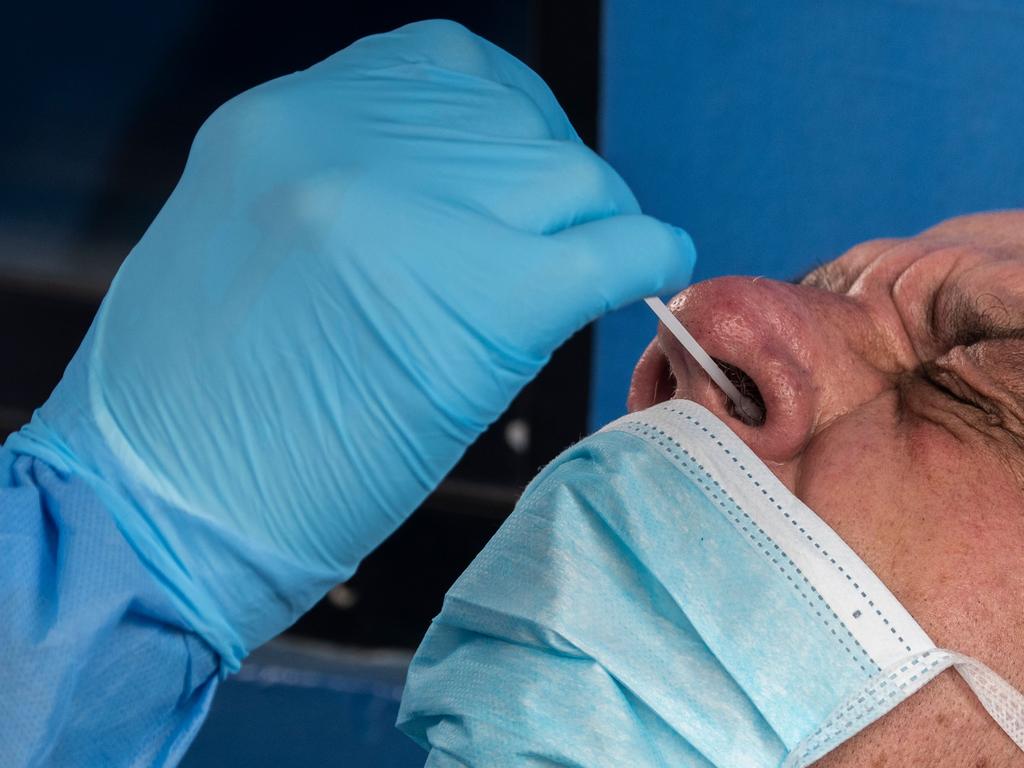
DAY 93
April 1
UN chief Antonio Guterres warned the pandemic presented the world with its “worst crisis” since World War II as global cases reached one million and the death toll hit 50,000.
The next day Spain recorded 950 deaths in a single day, its highest total.
Day 100
April 8
The UK recorded its highest death toll at 938, taking its total to 7097.
Infections in the US soared past 400,000.
Wuhan started letting people leave for the first time since the city was locked down 76 days ago. China recorded its first day with zero deaths.
While China’s new infections have fallen from their peak in February, authorities have called for continued vigilance amid fears of a fresh wave of infections.


